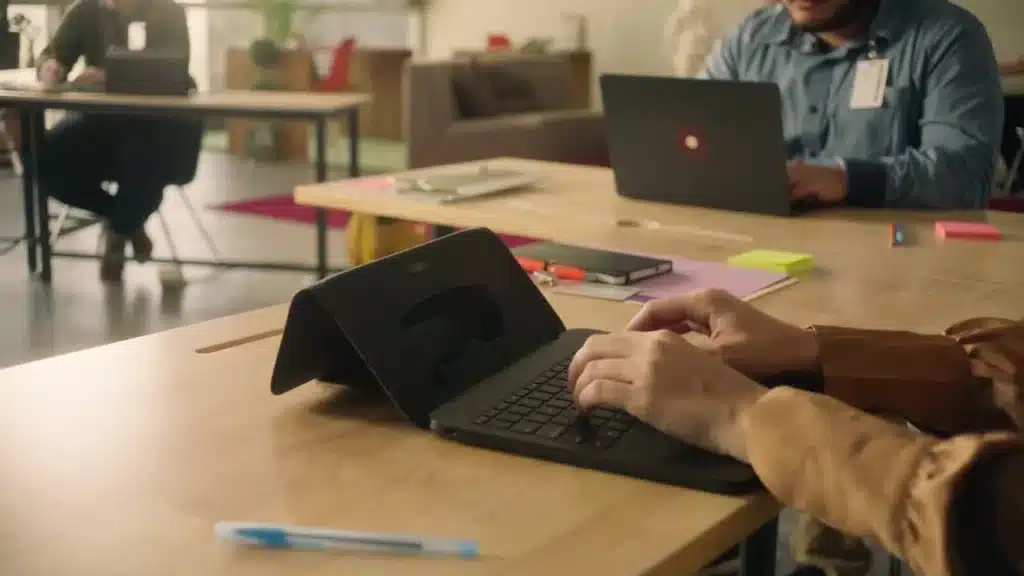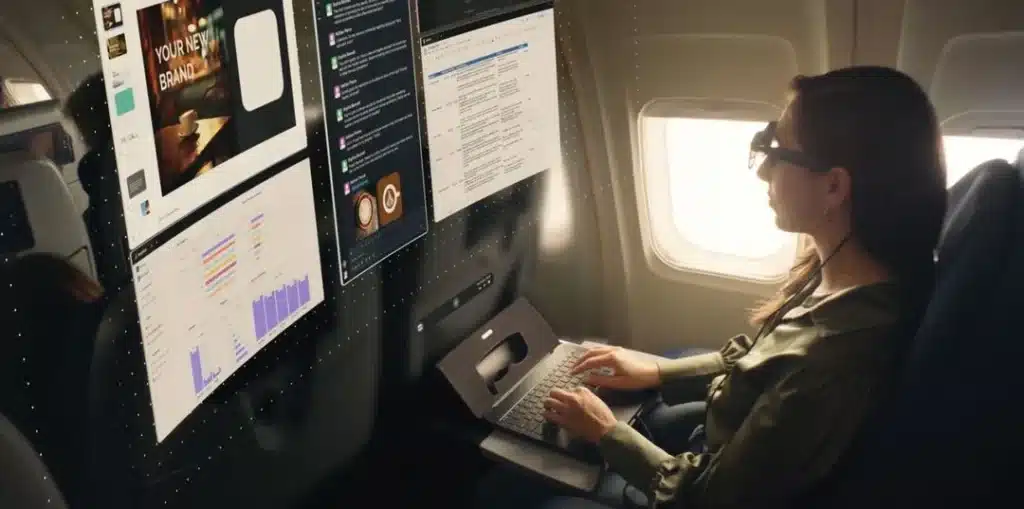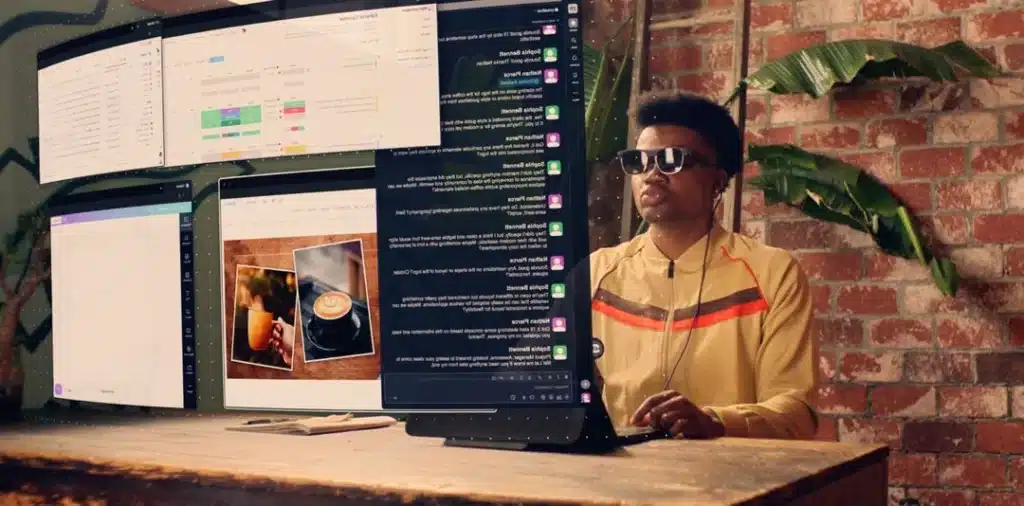Spatial laptop is a computer without a screen and it’s wild
- A startup recently unveiled a spatial laptop
- It comes without a screen
- The laptop uses AR glasses to display a virtual 100-inch screen
Published on Jun 09, 2024 at 11:04 AM (UTC+4)
by Siddharth Dudeja
Last updated on Jun 10, 2024 at 1:46 PM (UTC+4)
Edited by
Nalin Rawat
A new startup in town called Sightful recently unveiled a spatial laptop called the Spacetop G1.
It is a laptop without a screen that comes with augmented reality (AR) glasses.
So, where’s the screen, you ask?
To access the screen, you will have to wear the glasses to get a 100-inch virtual display in front of your eyes.
As unusual as it may sound, the startup calls it ‘the laptop for the spatial computing era.’
READ MORE: Elon Musk planning to build multibillion-dollar AI supercomputer in Memphis
How does the spatial laptop work?

Getting access to a computer virtually using AR glasses might instantly make you think about other recently launched hyped-up devices.
Yes, we’re talking about the Apple Vision Pro and Meta’s Ray-Ban Smart Glasses.
But the Spacetop G1 differs from those — both of the above cool gadgets have all the tech stuffed inside them.
This spatial laptop aims to be a regular laptop that you can use for work while going the extra mile to become more portable.
All you have to do is wear the included set of XReal AR glasses, which weigh just as much as regular sunglasses.

Similar to the Ray-Ban Smart Glasses, these AR glasses also have an open-ear speaker system, which fires audio toward your ears while wearing them.
There’s one catch, though.
The Spacetop G1 has no conventional operating systems like Mac OS or Windows installed.
Instead, it runs on a proprietary OS called SpaceOS.
This operating system is built on top of ChromiumOS — which is fine for most ‘work’ stuff.
Moreover, a Qualcomm Snapdragon QCS8550 powers the spatial laptop, which is a standard mobile processor.
In simpler terms, this means you won’t be able to perform heavy tasks like video editing on it.
But it should do alright for everything else, like browsing the internet and managing Excel sheets.
If you really want to use a physical screen when you don’t want the machine to be extra portable, there are two USB-C ports that allow users to connect the spatial laptop to an actual monitor.
The future of spatial computing and AR glasses

We have already seen plenty of computers paired with AR technology this year, and it might just be the future.
Don’t take out word for it, though.
Meta’s AI Chief said that smartphones will become obsolete within 10-15 years, and augmented reality will take over.
More and more people worldwide are starting to adopt this technology, and we’ve already seen some cases of people using the Apple Vision Pro in strange ways.
For instance, a doctor underwent full-fledged surgery while wearing the Vision Pro.
Anyhow, if you’re a workaholic who is always on the move, this spatial laptop could potentially be of some use to you.
But it should be noted that all this new tech isn’t really affordable, as the laptop will cost you $1,900 to pre-order.
At that price, you could get a normal laptop with great performance, like the MacBook Pro.
But that buffed-up price is just the ‘portability tax,’ which we might see more of in the near future.
DISCOVER SBX CARS: The global premium car auction platform powered by Supercar Blondie





